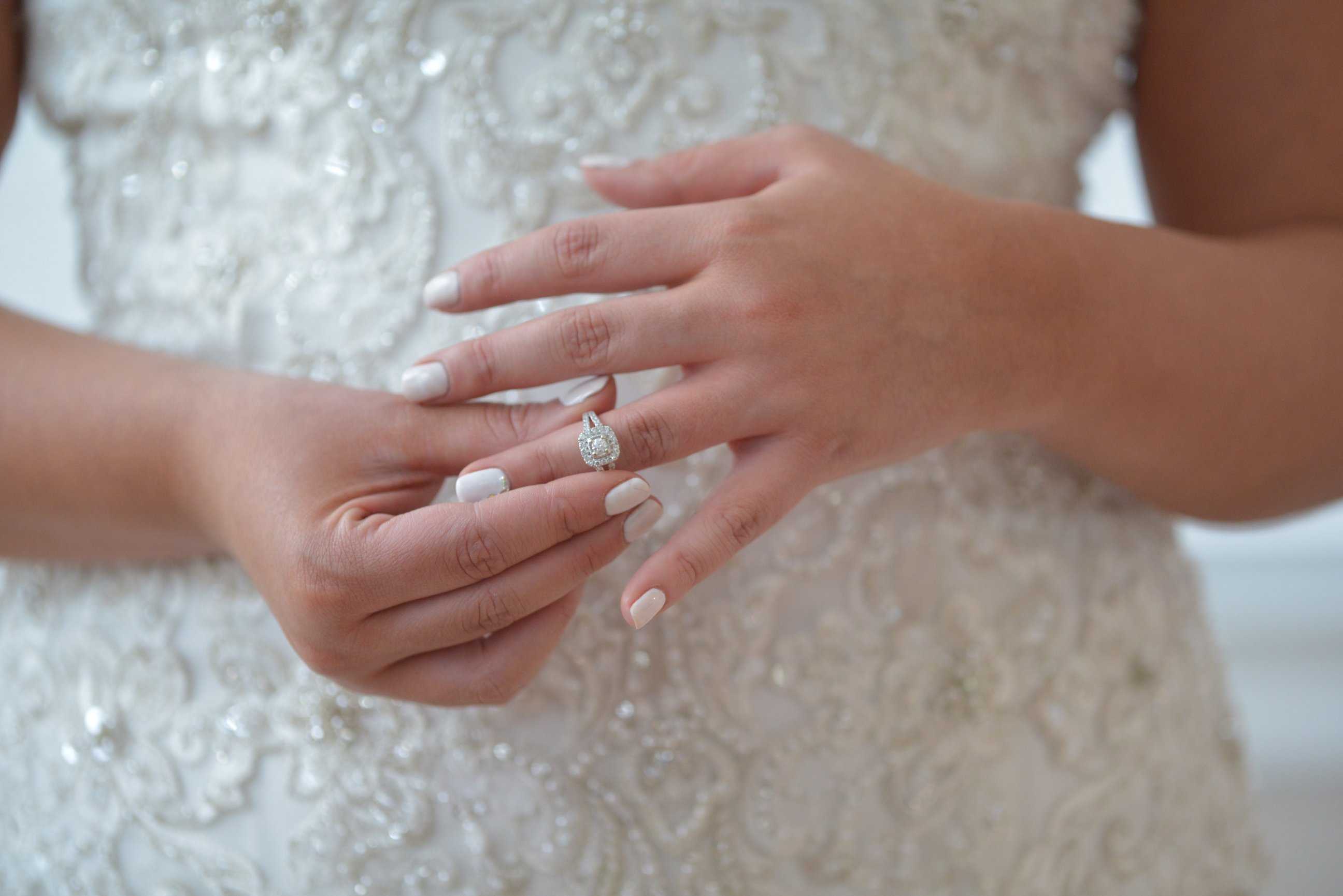Fashion, often dismissed as mere vanity, is a complex language that speaks volumes about its wearer. Beyond the superficiality of trends and styles, fashion is a form of self-expression, a way of communicating identity, and a reflection of cultural and societal shifts. It is a secret language that can be deciphered by those who are attuned to its nuances.
Unraveling the Mystery: The Secret Language of Fashion
Vintage fashion is more than just a trend; it’s a language that speaks to our collective nostalgia. From the timeless elegance of the roaring twenties to the bold and rebellious spirit of the sixties, vintage clothing offers a window into the past. By embracing these iconic styles, we can connect with history, express our individuality, and challenge contemporary notions of beauty.
At its core, fashion is a form of nonverbal communication. The clothes we wear are a visual representation of who we are, or who we aspire to be. They convey our personality, our values, and our social status. A well-chosen outfit can project confidence, sophistication, or rebellion. It can be a statement of individuality or a means of conforming to societal norms.
Fashion is also a reflection of cultural and societal trends. The styles that are popular at any given time are often a response to broader cultural shifts. For example, the rise of the feminist movement in the 1960s and 1970s led to a shift towards more practical and comfortable clothing for women. Similarly, the growing awareness of environmental issues has spurred a trend towards sustainable fashion.
Moreover, fashion is a form of self-expression. It allows us to experiment with different identities and to present ourselves to the world in a variety of ways. Through our clothing choices, we can express our creativity, our individuality, and our sense of humor. Fashion is a way of playing with our identity, of trying on different personas, and of exploring the boundaries of our own self-perception.
However, fashion is not merely a superficial pursuit. It can also be a powerful tool for social and political change. For example, the Black Lives Matter movement has seen a resurgence of Black pride in fashion, with many people wearing clothing that celebrates Black culture and history. Similarly, the LGBTQ+ community has used fashion as a means of expressing their identity and challenging societal norms.
In conclusion, fashion is a complex and multifaceted phenomenon. It is a language that speaks volumes about its wearer, a reflection of cultural and societal trends, and a powerful tool for self-expression and social change. By understanding the nuances of fashion, we can gain a deeper appreciation for the ways in which clothing can shape our identities and our relationships with the world around us.




